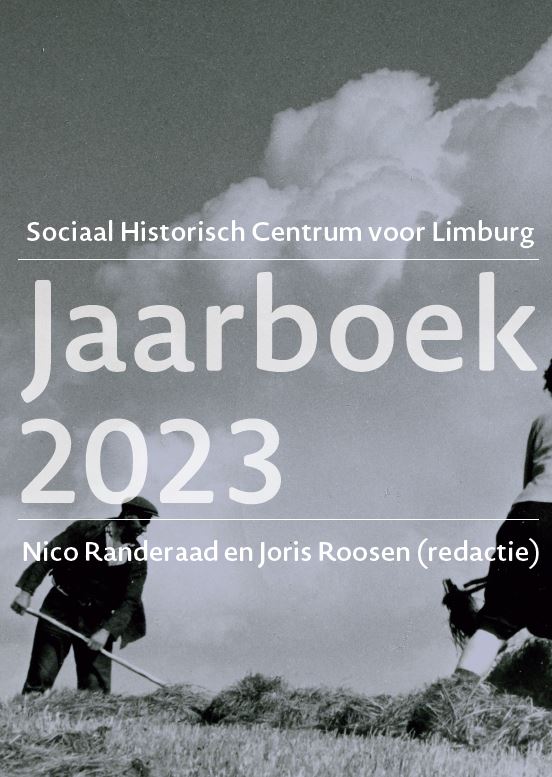Muzieknoten en voetnoten
DOI:
https://doi.org/10.58484/ssegl.v68i18468Trefwoorden:
negentiende eeuw, twintigste eeuw, geschiedschrijving, publieksgeschiedenis, Limburg (Nederland), familiegeschiedenisSamenvatting
This article delves into the cross media project Veurvaajers (Ancestors, 2022), which weaves together family history, pop music, and contemporary photography, while at the same time linking microhistories in the Meuse-Rhine Region (1780-1980) to general historical developments in society. The article explores how dialogues between scholarly research and different forms of art can help us make sense of the past by raising new questions and reaching new audiences. The article dissects the conception and execution of Veurvaajers, shedding light on the project’s blueprint and implementation. Along the way, it highlights both opportunities and limitations of historical fiction as a literary genre, and explores how historical actors, objects, and trends can be ‘auditised’ in a convincing manner. Much attention is directed towards the Industrial Revolution in the city of Maastricht from the 1830s onwards, underscoring its pivotal role in the larger historical context.
Downloads
Gepubliceerd
Nummer
Sectie
Licentie
Copyright (c) 2023 Chris Dols

Dit werk wordt verdeeld onder een Naamsvermelding-NietCommercieel 4.0 Internationaal licentie.



